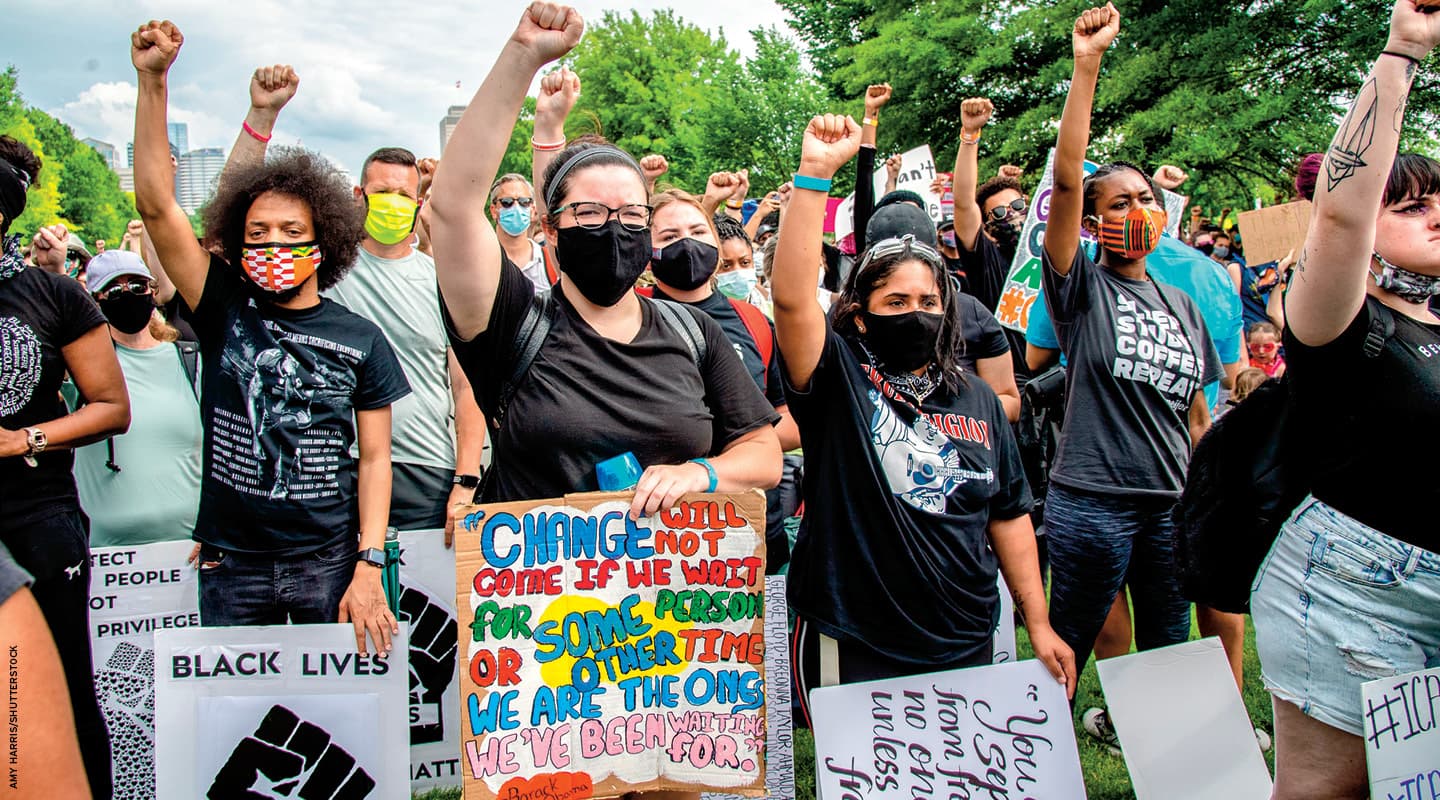This year, Upfront is publishing a series of articles highlighting racism in the U.S. and efforts to combat it.
In the weeks following the killing of George Floyd, millions of Americans took to the streets expressing their outrage and demanding change. Young people of all races were at the forefront of those protests. Seeing that outpouring of support gave hope to many people who have been working on issues of racial inequality for a long time.
“We need young people who are committed to the idea that we can build an antiracist society,” says Yohuru Williams, the author of several books on race. Those young people, he adds, need to “have the knowledge and humility to drive that conversation forward while recognizing our shared humanity.”
We asked teens across the country to submit essays describing what they’re doing to promote racial justice. As you can see from these five essays, they’re organizing rallies, pressing for changes to education, and trying to make their hometowns fairer places in a variety of ways. And they’re asking their peers to look critically at their own communities and work for change wherever they can.

